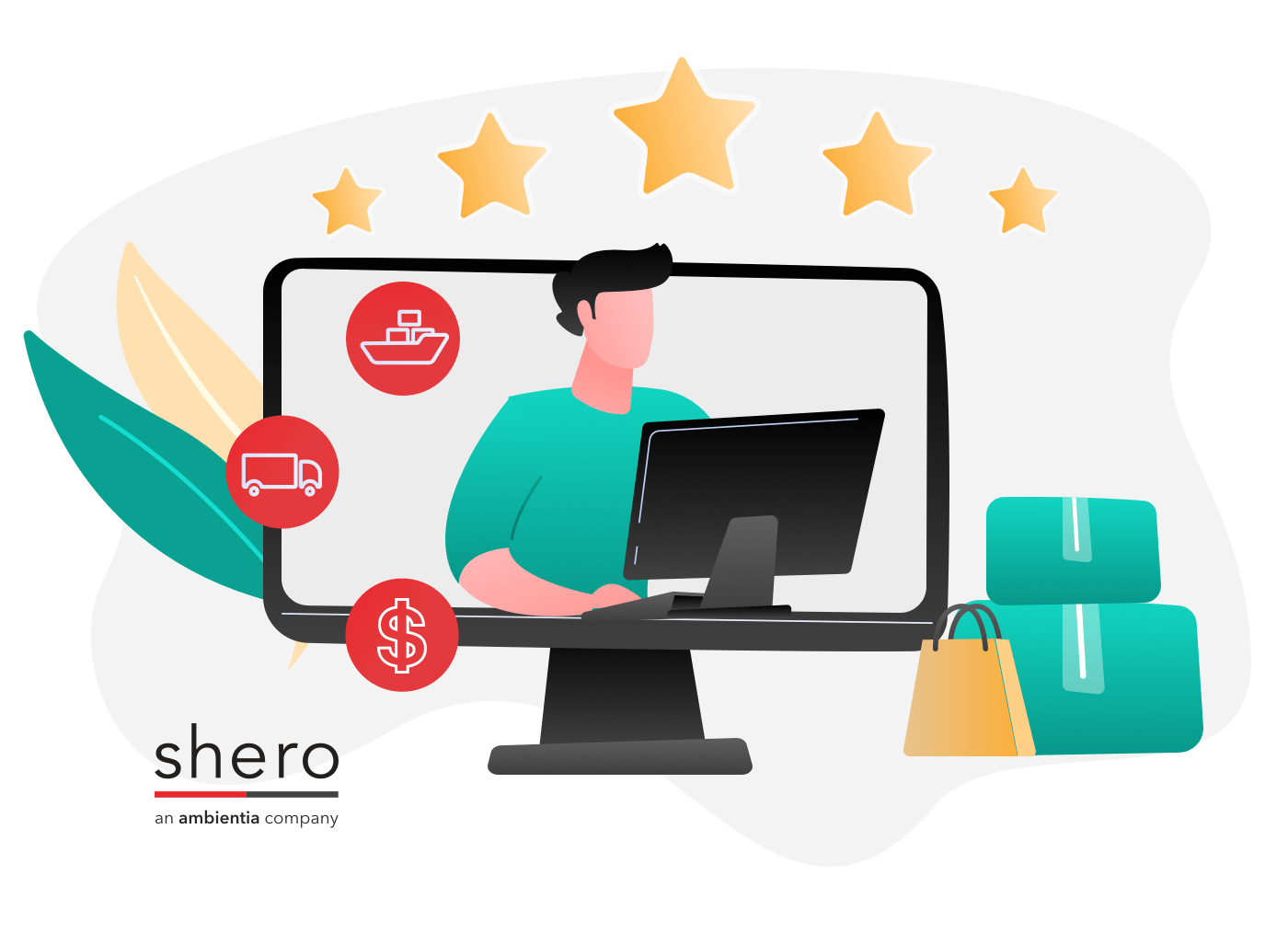Here at Shero Designs, our area of expertise is in finding new ecommerce solutions for our clients. We feel that Magento is the best ecommerce solution to help your online store grow and modernize. Below I’ve listed some of the reasons why it becomes necessary to upgrade an online store, and have also provided some of the reasons why Magento is the best solutions for common problems that online store owners face.
This post was inspired by Magento’s “seven reasons it’s time to break up with your ecommerce platform”. Since we deal with clients making this change on a daily basis, I feel that we have the experience and expertise to expand upon this concept.
1. You can’t control the content of your site or it is difficult & complicated to do so.

While website building is still a complicated process, modern e-commerce platforms like Magento allow store owners to exhibit control over all of the content that a visitor will see. With only a few hours of training, store owners can easily update product descriptions, meta information, images and image labels, as well as all of the information on the CMS pages, the official store information and the contact info displayed to visitors. With a little additional training, you can learn how to add and configure product attributes and more complicated elements and extensions.
2. It’s difficult to upgrade & modernize

This isn’t to say that Magento is easy to upgrade, but if set up and developed properly, using a child theme, upgrading to to latest version is pretty straight forward.
3. You’ve grown too large for your current platform

Obviously POS integration solutions require extra time and budget, but the great thing about Magento is that you can start of with a small store that sells 10 speciality items, and expand to a massive megastore with lots of automation. A fully automated system is something you might be thinking about in the future, so your eCommerce platform should be just as prepared for the future growth of your business as you are.
4. Your site isn’t responsive

5. You can’t install any helpful extensions and add-ons

As your online store grows, you’ll have plenty of ideas about how to keep your customers happy and loyal. Magento is an open source platform, so reliable extension companies offer hundreds of solutions that are designed to work seamlessly with the Magento platform and your chosen theme.
6. You can’t easily change the look and feel of your site

You have a few options in Magento when it comes to updating the style of your website:
- You can easily switch out your theme with a new theme, whether this is a permanent fix or a temporary, seasonal change. Changing your theme can be limited to style only, and will therefore not affect your product information or site content.
- You can choose a theme with styling options, which you can easily control yourself in the admin (things like font, colors, backgrounds)
- Access your theme’s CSS files, or hire a development company with an experienced Magento front-end developer who can design and style a custom website built just for you.
7. You don’t have an integrated blog

8. Your search engine rankings are’t improving

With the integration of a WordPress blog, you can write about the topic of your expertise and earn the trust of your visitors. You can add meaningful content that contributes to high rankings and encourage other pages to link to your store.
Customer Success Manager





